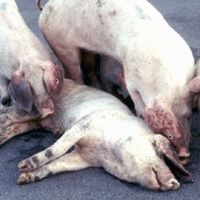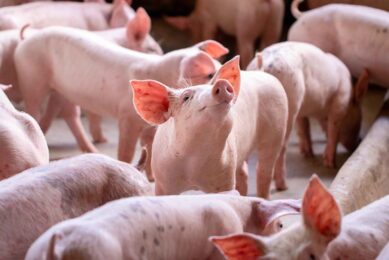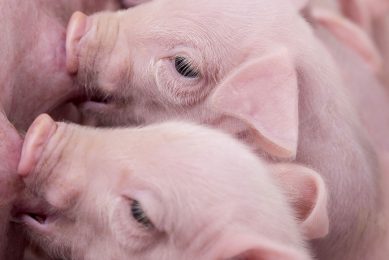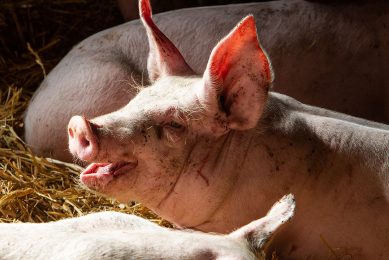Risk areas for CSF identified

The Dutch Central Veterinary Institute, CVI, has mapped out the areas with the greatest risk for the spread of classical swine fever.
Using this basis, the government can handle an outbreak of the disease in a more effective manner by taking regional differences into account. For example, in a low risk area, perhaps an outbreak can be curtailed with a mass slaughter, whereas in a high risk area, vaccination might be the first move in such an event.
The model is based on the spread of the disease during the epidemic in 1997-1998 in the country. Distances between pig producers play an important role.
Although the maps are an important aid for the prevention of animal disease, early warning is more important.
The CVI has advised livestock producers and vets to immediately forward blood samples to them in the event of unusual clinical problems arising on a farm.
Related website:
• CVI











